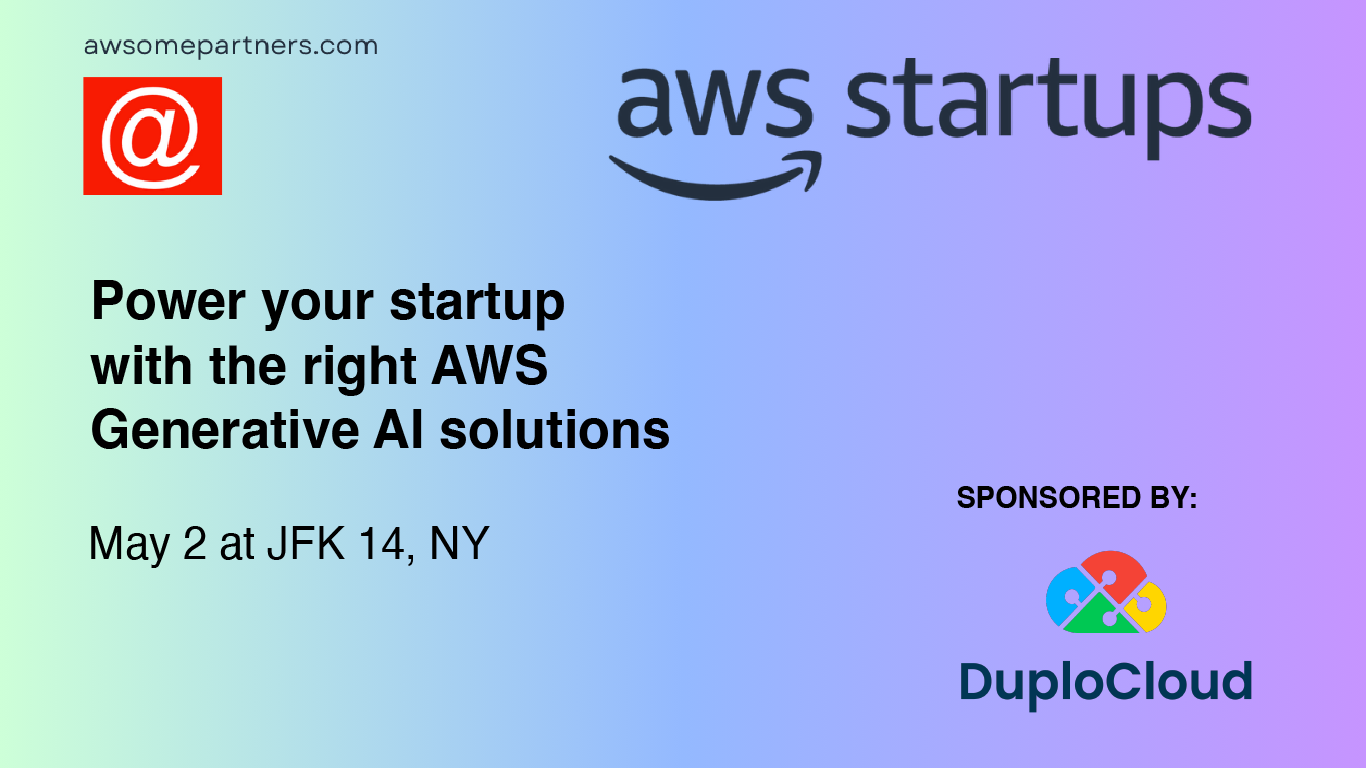How AI technology fits together and what it can do for your business
AI is not a new concept. People have been fascinated by the idea of artificial intelligence for decades, if not centuries, from the famed Turing test to speculation about the rise of “electronic brains”.
Recent advancements in AI-powered tools have made the concept feel far more real and relevant than ever before. Yet the terminology surrounding these tools can still feel frustratingly vague. The key to understanding how they work is to break down AI vs machine learning vs deep learning.
Once we understand how these new (and not-so-new) technologies function in the abstract, we can start using them to help our businesses work smarter.
What Is AI vs. Machine Learning Vs. Deep Learning?
The number of monthly Google searches for the term “AI” more than tripled from late 2022 to early 2023. It’s fair to say that this surge in interest isn’t coming from idle curiosity; according to IBM, 35% of businesses used AI in some capacity just by the end of 2022. Google itself launched a major AI-powered update to its search experience in early 2024.
A related development that shows particular promise is no-code/low-code cloud automation. These tools allow organizations to save time and money while creating products that compete far above their weight class. Read our white paper for more practical implementation details from interviews with more than 300 engineering leaders.

When we say businesses are using “AI,” we often mean that they’re using machine learning — or its more narrowly defined subset of deep learning — to address novel challenges. So are machine learning and AI the same? Here’s a quick primer on how the concepts fit together.
Artificial Intelligence
Artificial intelligence is a conceptual term. It doesn’t refer to any specific technologies or applications, but instead to the idea of a computer program that somehow emulates human thought processes. That vagueness doesn’t mean the term “AI” is meaningless in function.
Instead, thinking about how computers can emulate thought (both conscious and subconscious) can help us understand why this field of technology is so promising for specific applications. For instance, as a human being, you can see a stop sign on a street corner and instantly know what it means. You don’t need to read each letter and consider the color and shape of the sign to understand it. This is because the sign fits into certain pre-established schema in your mind: traffic information, important safety considerations, and so on.
AI programs can build and use something like those schemas too. One common way to accomplish this is through machine learning.
Machine Learning
Machine learning is a process that allows computers to identify patterns, typically with the aid of direct human input or feedback. Each time you solve an image CAPTCHA that asks you to identify which part of a picture contains a particular object, you may be contributing to the “education” of a machine learning algorithm about the patterns that define that object.
When thousands of human users give the same response to the same prompt, the algorithm becomes more confident in its ability to recognize that pattern. Based on your purchase and browsing history, similar pattern recognition algorithms can power other common features such as the “Recommended For You” section on ecommerce websites.
While effective for working through large data sets, traditional machine learning methods are still bottlenecked by their reliance on human interaction. This is where deep learning, whose learning process more closely resembles the functioning of the human brain, comes in.
Deep Learning
As we think about machine learning vs deep learning vs AI, it’s only natural that deep learning remains as the deepest nested layer of the three.
Deep learning is a kind of machine learning that uses multiple neural networks to process data. The nodes of neural networks work together similarly to the neurons in a brain, hence the name. These nodes normally act as self-contained processing units, but when their output exceeds a certain threshold of significance, they pass a signal along to the next layer of the network. The process repeats until it reaches the layer of output surfaced to the end user.
This self-reinforcing structure allows neural networks to learn and act with significantly less human oversight than traditional machine learning methods. A neural network with three or more layers of these nodes — an input layer, an output layer, and at least one hidden layer that works autonomously between them — is a deep-learning network.
What AI Means for Your Business
Now that you know how the pieces of modern AI tools fit together, it’s time to understand how they can help your business. You’ve already experienced at least one product made possible through deep learning if you’ve ever tried out large language models (LLMs) such as ChatGPT.
Yet high-profile incidents of leaks and “hallucinations” appearing in AI-generated content prove these kinds of methods are not suitable for all applications. To make AI tools an asset rather than a liability for your business, working with a partner who knows how to maximize their strengths is essential.
At DuploCloud, we’re proud to help our clients safely and effectively explore this new frontier of innovation by facilitating AI/ML workloads. Our tools help clients deploy LLMs in their AI products with specially tailored Kubernetes solutions, including security guardrails to ensure safe and effective deployments. Our expertise in managing AI/ML pipelines helps enable more efficiency and innovation, all without needing to inflate your headcount and compete for specialist hires.
If you’d like to learn more about how DuploCloud can help unlock the potential of AI workflows for your business, set up a demo today.









